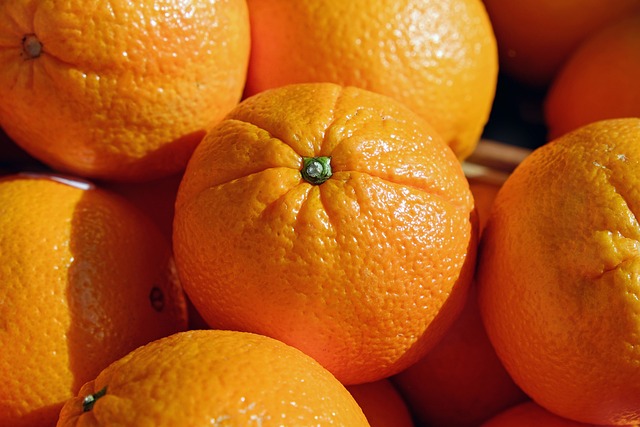Optimizing Your Digestive Health: Strategies for Incorporating Probiotics into Your Diet
Probiotics have gained significant attention in recent years for their potential health benefits, particularly in improving digestive health. These live bacteria and yeasts can help restore the natural balance of gut bacteria and promote overall well-being. Incorporating probiotics into your diet is a proactive step towards optimizing your digestive health. In this article, we will explore different strategies to incorporate probiotics into your daily routine.
1. Yogurt
Yogurt is one of the most popular and easily accessible sources of probiotics. Look for yogurt brands labeled with “live and active cultures” to ensure you’re getting the maximum benefit. Greek yogurt, in particular, is known for its high probiotic content. You can enjoy yogurt as a standalone snack, mix it into smoothies, or use it as a base for sauces and dressings.
2. Fermented Vegetables
Fermented vegetables like sauerkraut, kimchi, and pickles are excellent sources of probiotics. These vegetables undergo lacto-fermentation, a process in which natural bacteria feed on the sugar and starch, creating lactic acid. This creates the perfect environment for beneficial bacteria to thrive. Add a serving of fermented vegetables to your daily meals as a side dish or incorporate them into your salads and sandwiches.
3. Kefir
Kefir is a fermented milk drink that is packed with probiotics. It is similar to yogurt but has a thinner consistency and a tangy taste. Kefir can be enjoyed on its own, added to smoothies, or used as a base for salad dressings and dips. If you’re lactose intolerant or following a dairy-free diet, there are also non-dairy alternatives available, such as coconut kefir and water kefir.
4. Supplement with Probiotics
If you find it difficult to incorporate enough probiotic-rich foods into your diet, you can opt for probiotic supplements. These supplements come in various forms, including capsules, tablets, and powders. It’s important to choose a high-quality probiotic supplement from a reputable brand to ensure efficacy. Consult with your healthcare provider to determine the appropriate dosage and strain for your specific needs.
5. Tempeh and Miso
Tempeh and miso are traditional Asian foods that are rich in probiotics. Tempeh is made from fermented soybeans and has a firm texture, making it a great protein-rich alternative to meat. Miso, on the other hand, is a paste made from fermented soybeans and can be used to add flavor to soups, dressings, and marinades. Both tempeh and miso can be easily incorporated into various recipes to boost your probiotic intake.
6. Prebiotic Foods
In addition to consuming probiotic-rich foods, it’s essential to nourish the beneficial bacteria in your gut by consuming prebiotic foods. Prebiotics are non-digestible fibers that act as food for probiotics, helping them flourish and multiply. Some examples of prebiotic-rich foods include garlic, onions, bananas, asparagus, and oats. Adding these foods to your diet will create a supportive environment for probiotics to thrive.
7. Homemade Fermented Foods
For those who enjoy culinary experiments, making your own fermented foods at home can be a rewarding and cost-effective way to incorporate probiotics into your diet. You can try fermenting vegetables, kombucha, or even making your own yogurt. There are plenty of online resources and recipes available to guide you through the fermentation process. However, it’s important to follow proper safety protocols to prevent the growth of harmful bacteria.
Conclusion
Incorporating probiotics into your diet can have a positive impact on your digestive health. Whether through yogurt, fermented vegetables, kefir, probiotic supplements, tempeh, miso, prebiotic foods, or homemade fermented foods, there are plenty of strategies to choose from. Experiment with different options to find what works best for you and your taste preferences. With regular consumption, you’ll be well on your way to optimizing your digestive health and overall well-being.







